- 全部删除
 您的购物车当前为空
您的购物车当前为空
CD5 Protein, Mouse, Recombinant (His)
一键复制产品信息产品编号 TMPY-01334
CD5 Protein, Mouse, Recombinant (His) is expressed in HEK293 mammalian cells with His tag. The predicted molecular weight is 39.4 kDa and the accession number is P13379.

CD5 Protein, Mouse, Recombinant (His)
一键复制产品信息产品编号 TMPY-01334
CD5 Protein, Mouse, Recombinant (His) is expressed in HEK293 mammalian cells with His tag. The predicted molecular weight is 39.4 kDa and the accession number is P13379.
| 规格 | 价格 | 库存 | 数量 |
|---|---|---|---|
| 5 μg | ¥ 428 | 6-8日内发货 | |
| 10 μg | ¥ 683 | 6-8日内发货 | |
| 20 μg | ¥ 1,130 | 5日内发货 | |
| 50 μg | ¥ 2,270 | 5日内发货 | |
| 100 μg | ¥ 4,430 | 5日内发货 |
大包装 & 定制
加入购物车
TargetMol 的所有产品仅用作科学研究或药证申报,不能被用于人体,我们不向个人提供产品和服务。请您遵守承诺用途,不得违反法律法规规定用于任何其他用途。
产品信息
| 生物活性 | Activity testing is in progress. It is theoretically active, but we cannot guarantee it. If you require protein activity, we recommend choosing the eukaryotic expression version first. |
| 产品描述 | CD5 Protein, Mouse, Recombinant (His) is expressed in HEK293 mammalian cells with His tag. The predicted molecular weight is 39.4 kDa and the accession number is P13379. |
| 种属 | Mouse |
| 表达系统 | HEK293 Cells |
| 标签 | C-His |
| 蛋白编号 | P13379 |
| 别名 | Lyt-1,Ly-A,Ly-12,Ly-1,CD5 molecule |
| 蛋白构建 | A DNA sequence encoding the extracellular domain of mouse CD5 (NP_031676.3) (Met 1-Pro 371) was expressed, with a C-terminal polyhistidine tag. Predicted N terminal: Gln 24 |
| 蛋白纯度 | > 95 % as determined by SDS-PAGE |
| 分子量 | 39.4 kDa (predicted); 42-48 kDa (reducing condition, due to glycosylation) |
| 内毒素 | < 1.0 EU/μg of the protein as determined by the LAL method. |
| 蛋白性状 | Lyophilized powder |
| 缓冲液 | Lyophilized from a solution filtered through a 0.22 μm filter, containing PBS, pH 7.4. Typically, a mixture containing 5% to 8% trehalose, mannitol, and 0.01% Tween 80 is incorporated as a protective agent before lyophilization. |
| 复溶方法 | A Certificate of Analysis (CoA) containing reconstitution instructions is included with the products. Please refer to the CoA for detailed information. |
| 存储 | It is recommended to store recombinant proteins at -20°C to -80°C for future use. Lyophilized powders can be stably stored for over 12 months, while liquid products can be stored for 6-12 months at -80°C. For reconstituted protein solutions, the solution can be stored at -20°C to -80°C for at least 3 months. Please avoid multiple freeze-thaw cycles and store products in aliquots. |
| 运输方式 | In general, Lyophilized powders are shipping with blue ice. |
| 研究背景 | The cluster of differentiation (CD) system is commonly used as cell markers in Immunophenotyping. Different kinds of cells in the immune system can be identified through the surface CD molecules associating with the immune function of the cell. There are more than 320 CD unique clusters and subclusters have been identified. Some of the CD molecules serve as receptors or ligands important to the cell through initiating a signal cascade which then alter the behavior of the cell. Some CD proteins do not take part in cell signal process but have other functions such as cell adhesion. CD5 is a member of the CD system. CD5 was found to be widely distributed in T-cells and B1 cells which is a subset of IgM-secreting B cells. CD5 also was found expressed in small lymphocytic lymphoma, hairy cell leukaemia and mantle cell lymphoma cells. CD5 serves to weaken the activating stimulus from the BCR so that the B1 cells can only reflect to the very strong stimuli but not the normal tissue proteins. |
计算器
SCI 文献
技术支持
请阅读 重组蛋白用户指南 了解更多具体信息.










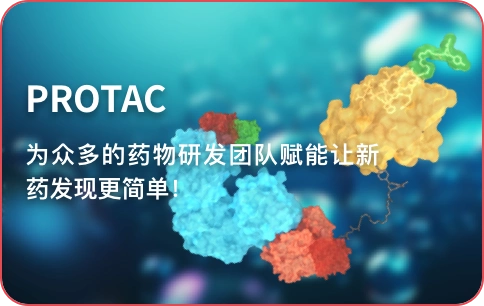
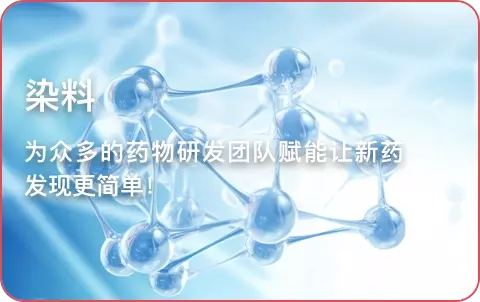






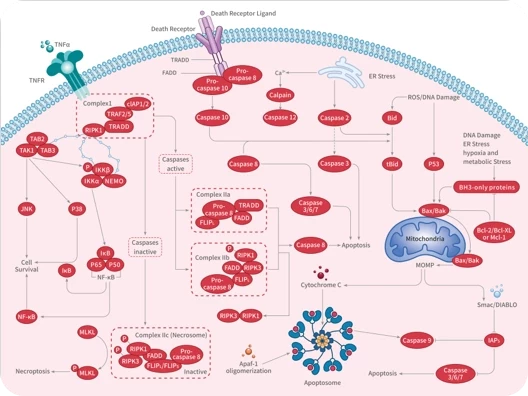


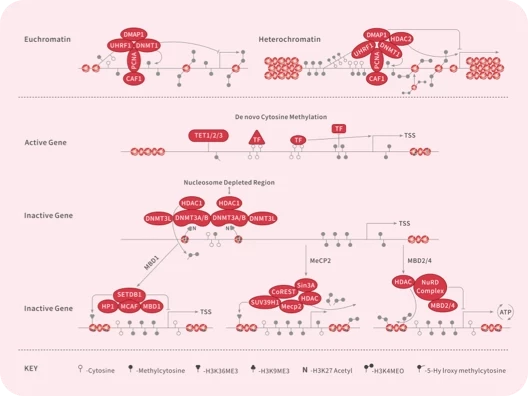
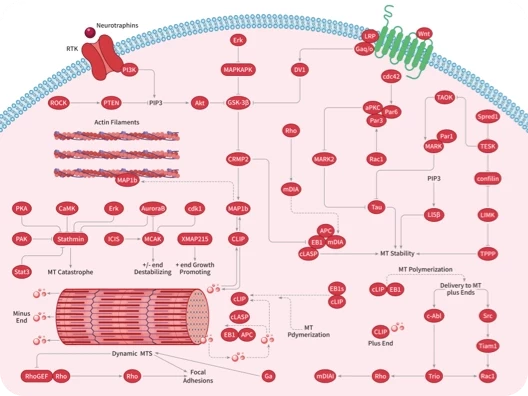
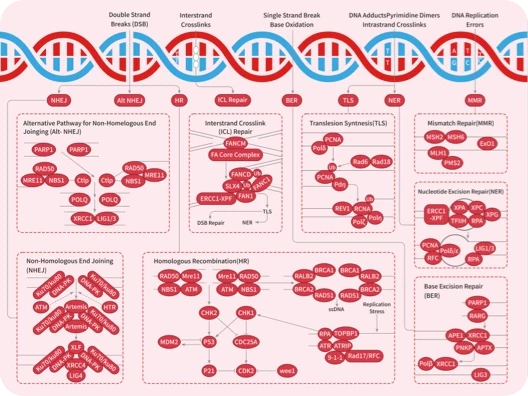
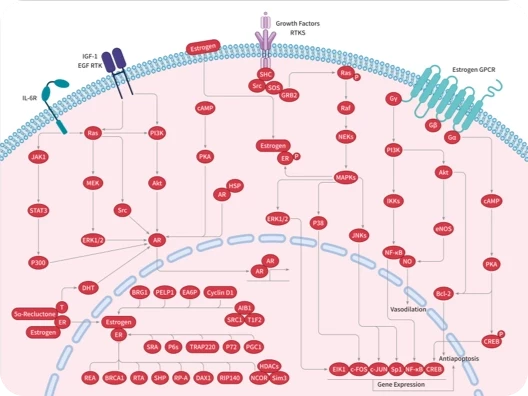

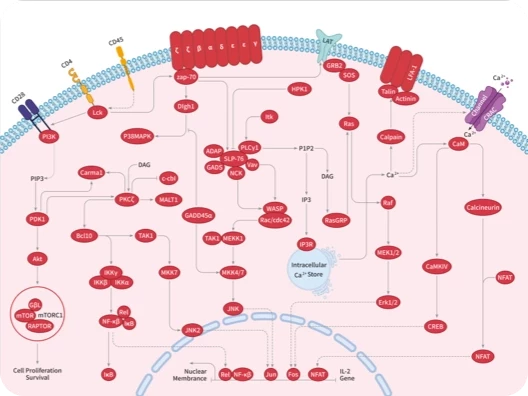
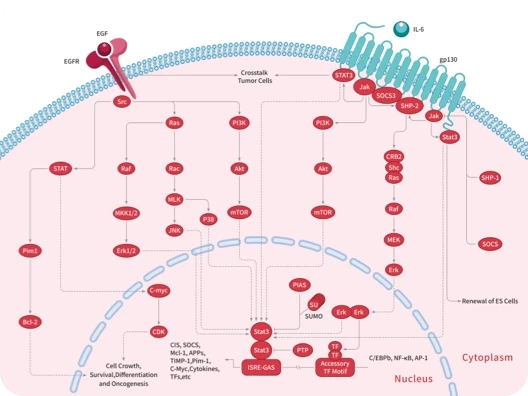
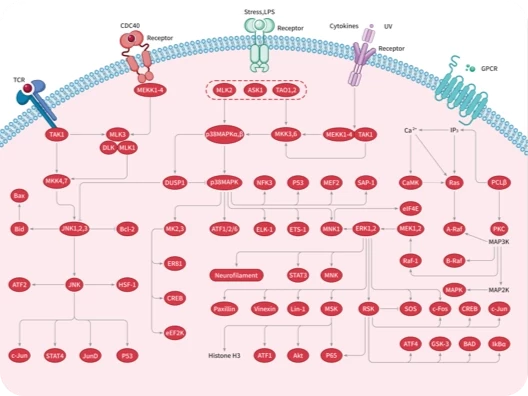
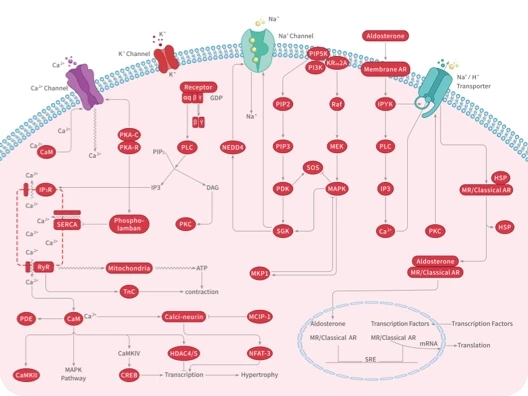

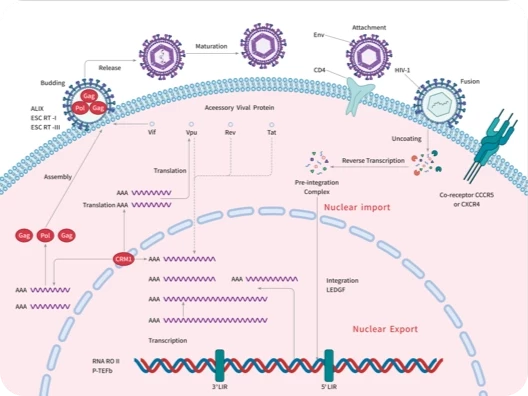

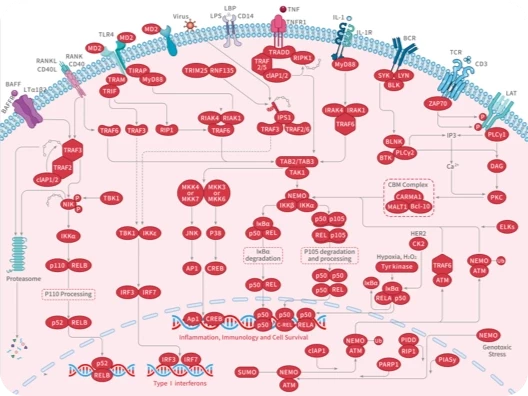


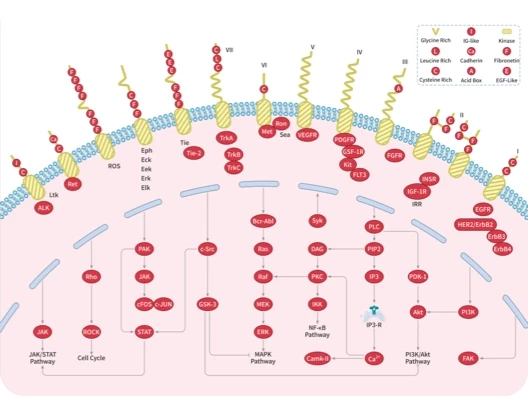
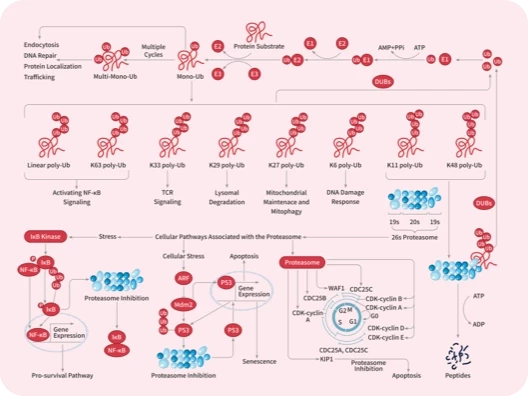


 |
|